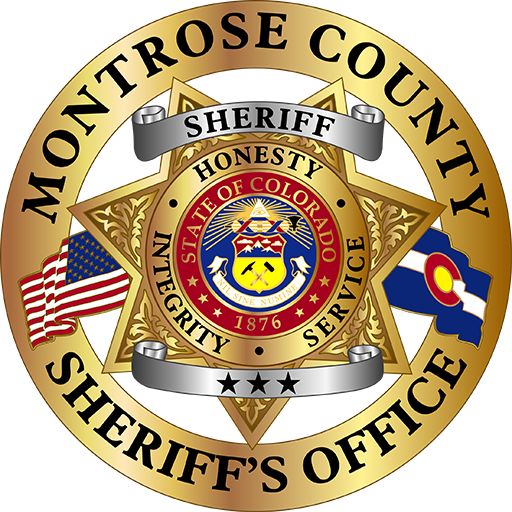EMERGENCY CALLS are for in-progress crimes and/or for a response by law enforcement – dial 911
Non-emergency calls – dial 970-249-9110
Reporting Suspicious or Criminal Activity
Definition – Suspicious activity refers to any behavior or person that appears unusual, out of place, or may indicate a potential threat or unlawful intent.
What to Look For
- Slow-moving vehicles without lights on during the nighttime hours
- A vehicle being loaded with valuables is parked by a closed business or residence
- Person detaching mechanical parts or accessories from a vehicle
- A locked vehicle that someone is attempting to enter forcibly
- Someone being forced into a vehicle
- Loitering in front of a house or business
- A person running carrying items of value
- Sounds of a fight, screaming, or yelling
- Sounds of breaking glass
- Person offering items for sale at a very low price
- Persons coming to your door with unusual requests, such as money for gas or a locksmith, donations for a charity, wanting to use a phone, or a person carrying no official-looking materials.
- If your intuition tells you something isn’t right, LISTEN. call 911 or the non-emergency number and report your suspicion. It’s better to discover that nothing is wrong than to let the crime occur.
Describing Suspects, Vehicles, and Suspicious Activities
When contacting law enforcement, how you describe what you have observed is critically important. The accuracy and detail of your information help responding deputies know exactly what to look for and where to find it.
- Suspects: take note of gender, race, age, height, weight, hair, complexion, scars, tattoos, glasses, facial hair, clothing, and anything else that would help law enforcement deputies find the person. If you don’t have time to note all these, pay most attention to things the suspect cannot change.
- Vehicles: Vehicle description is an important piece of information.
- Color of vehicle
- Year of vehicle
- Make of vehicle
- Body Style of vehicle
- Accessories on the vehicle
- License plate of the vehicle
- State of the license of the vehicle
Activities: provide as much detail as possible.
- The 911 dispatchers will ask a series of questions regarding the suspect and vehicle descriptions.
Accurate Terminology
It is important to be clear and accurate when describing what you are observing.
- Assault: causing injury or attempting to cause injury to another person.
- Burglary: unlawful entry of a structure with intent to commit a crime.
- Car prowling: theft from an automobile, not the theft of an automobile.
- Robbery: taking or carrying away of another’s property forcefully or with imminent threat of force with intent to permanently deprive the rightful owner of the property.
- Vandalism: destruction or defacing of property.
- Sexual Assault: forced or non-consensual sexual activity by one against another.
Calling 911 or a Non-Emergency Number?
- When to call 911: Call 911 when it is an emergency and a prompt response is needed. Call 911 if it is a life-threatening situation or if something is occurring at the time of the call. A fire, medical problem, fight, or any situation that could result in loss of life, injury, or major property loss should be called into 911.
- What happens when you call 911? The call taker will ask you a series of questions.
- The call taker may need you to stay on the line to help direct emergency personnel to the right location or to provide additional assistance that can help ensure your emergency is handled. If it is possible, do not hang up the phone until the 911 call taker advises you it is okay to hang up.
- You can call the non-emergency number when you want to report a crime that occurred a few hours or even days ago. Other examples of when to call the non-emergency number are when you find a bike on your property that is not yours, when you look out the window and you see people behaving suspiciously, and you would like the deputies to check them out.
